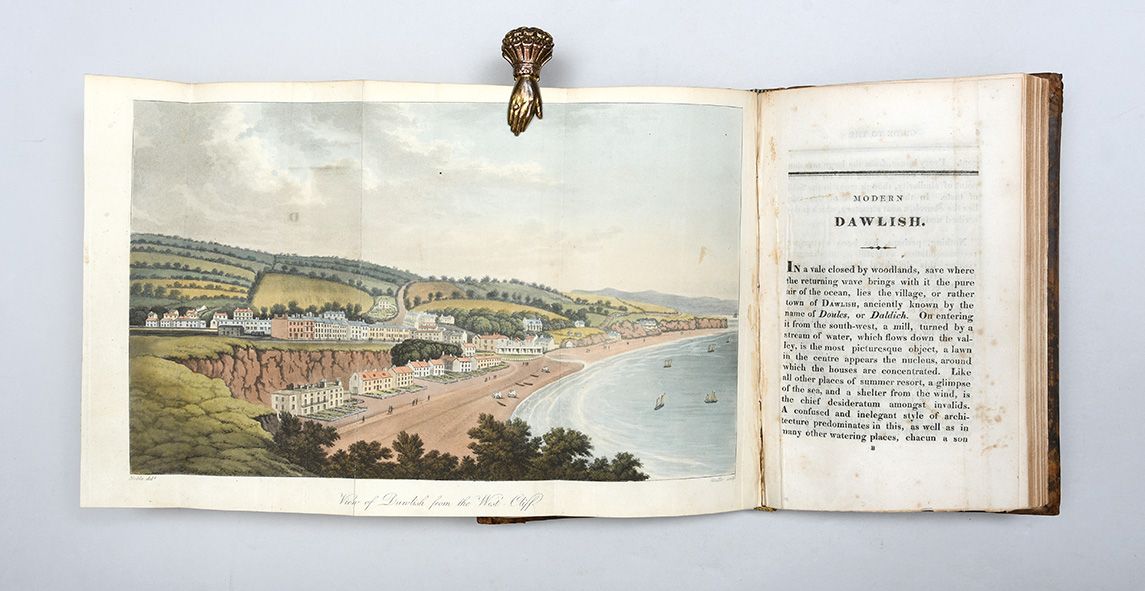This summer we’ve been blessed with fine weather in London, leading many of our booksellers and customers to daydream of spending less time in their libraries and more time in the great outdoors in the English countryside. The works collected here will take you from the canals of Northamptonshire to the mountains of the Cairngorms and reflect the dynamic world of nature writing still flourishing today.
The writers on our shelves often turned to nature as a place to escape, either to focus on their magnum opus or as the basis of that work itself. In the late 18th and early 19th centuries such holidaying was becoming a more accessible pastime for the middle classes, and accordingly “tour” books began to come into vogue.
The “picturesque tour” in particular flourished at times when travel to the European continent was made difficult, such as the 1790s into the 1820s, during which times seekers of natural enrichment turned to remote areas of the English countryside on the romantic hunt for nature untouched by man.
These “tours” detailed places of note to visit in the form of a narrative of the author’s own travels through the English countryside, and can be seen as a predecessor to the modern tour guide. Their focus varied from the natural world to religious or antiquarian interests, and they were often highly illustrated, as with Fielding and Walton’s A Picturesque Tour of the English Lakes (1821), listed below. The desire to escape the city to the wilderness hasn’t faded, and here at Peter Harrington we can’t help but to have turned to our bookshelves for inspiration.
Walk the Canals and Valleys of the English Countryside
John Hassell’s Tour of the Grand Junction, published in 1819, provides an illustrated travelogue exploring the route of the Grand Junction Canal between Northamptonshire and London, much of which is still walkable. Hassell, a watercolour artist and engraver produced several illustrated guidebooks to the English countryside. This work reflects the growing public interest in the new system of transport engendered by the Industrial Revolution.
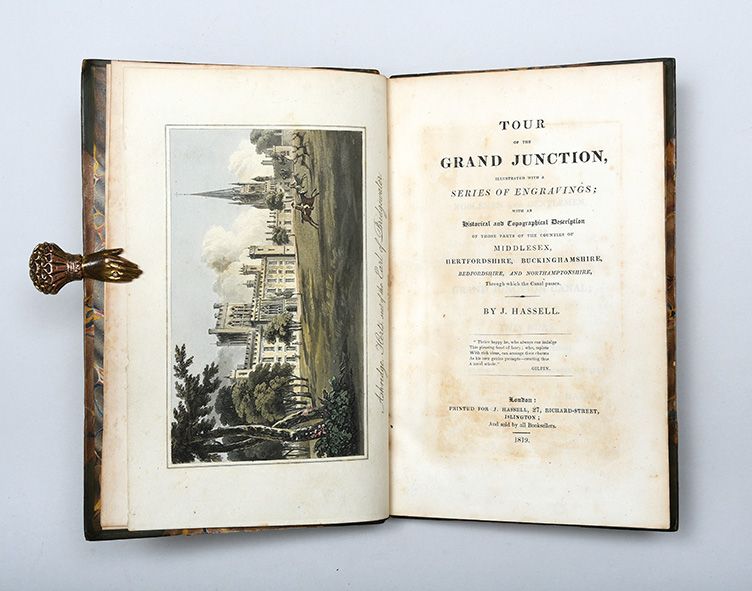
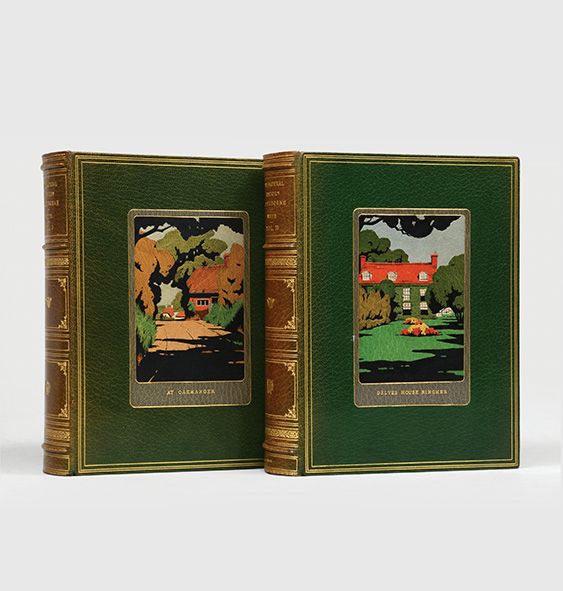
WHITE, Gilbert. The Natural History and Antiquities of Selborne
Gilbert White’s The Natural History and Antiquities of Selborne is considered one of the great English books of the 18th century, and was “the first book which raised natural history into the region of literature”. It provides a guide to the attractive village of Selborne in East Hampshire, and records White’s observations on local animals, birds, and plant life. His house in the village is now open to the public, and a walk through the churchyard takes you to the Oakhanger Stream valley, part of the Gilbert White circular walk.
NOBLE, W. B. A Guide to the Watering Places, on the Coast, between the Exe and the Dart
If the heat has you longing for a cooling dip then look to William Bonneau Noble’s illustrations to Croydon’s A Guide to the Watering Places, on the Coast, between the Exe and the Dart (1817-18). This guide takes the reader on a tour of the spa towns in Devon, including the still popular holiday spot of Dawlish. The work features an engraved map as a frontispiece, which provides a perfect starting point for planning your walk-cum-swim in the south-west.
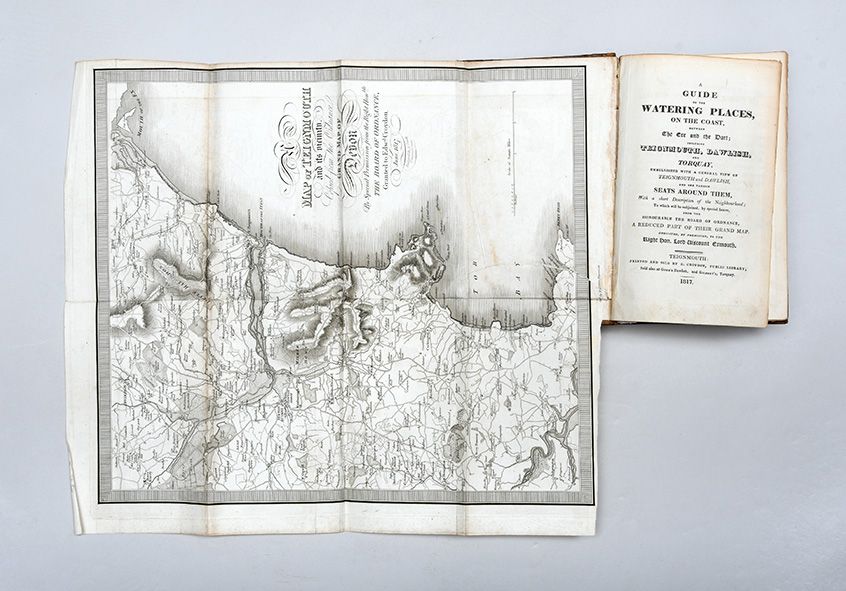
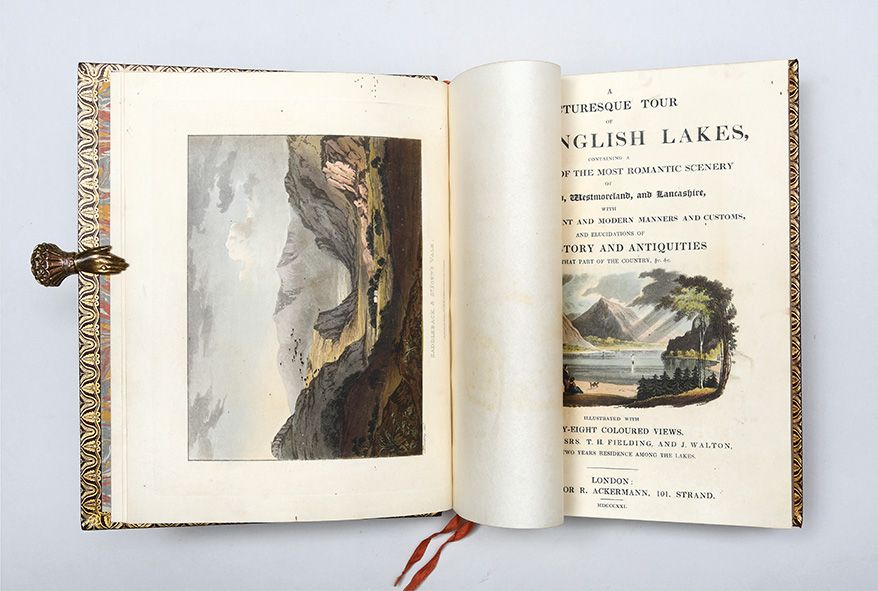
FIELDING, T. H., & J. Walton. A Picturesque Tour of the English Lakes
If coastal swimming is not for you, try Fielding and Walton’s A Picturesque Tour of the English Lakes (1821). The book, published for dedicated tourists wanting to plan informed tours of the Lake District, features 48 hand-coloured aquatints which give a magnificent sense of the district. Fielding and Walton spent two years in the area making drawings and collecting information, and the work provides in their words, “a description of all that is interesting and remarkable in the nature and appearance of the country”. And fear not – Wordsworth is quoted extensively.
THOMAS, Edward. In Pursuit of Spring
If you’d rather cycle the English countryside, then Edward Thomas’s 1914 work In Pursuit of Spring could be the perfect inspiration. In this work, Thomas provides an account of his week-long bicycle ride from Central London out into the Quantock Hills in Somerset. It is often considered the best of Thomas’s country books, and mixes “observation, information, stories, portraits, self-portraits, literary criticism, folk-tales, and reflection” (ODNB).
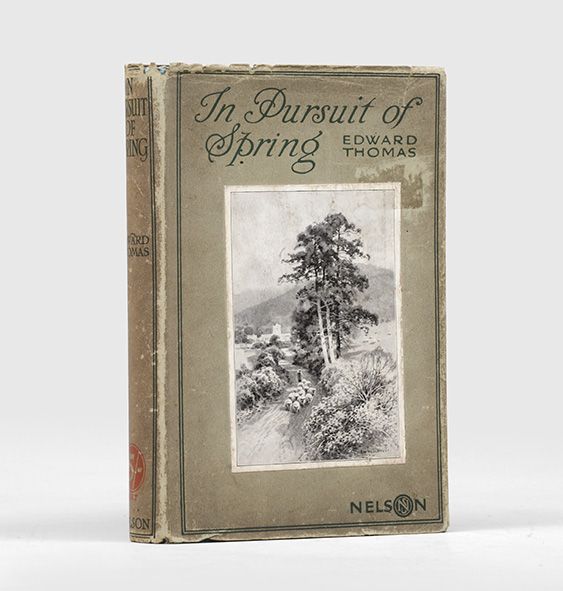
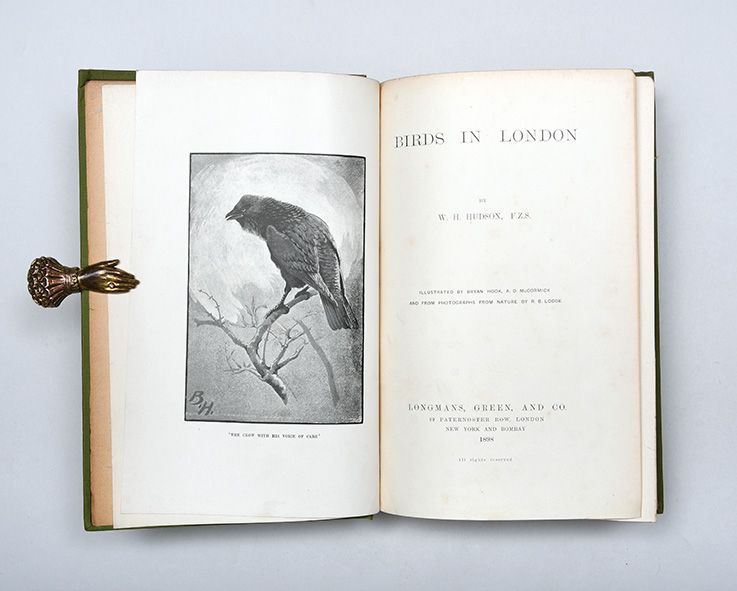
HUDSON, W. H. Birds in London
Staying in London is always an option – especially with William Henry Hudson’s Birds in London in hand (not literally, please leave your first editions at home when heading into the wilds). The study marks a wider shift in birding, away from hunting and taxidermy, towards observation and conservation. Hudson was writing “during an era of rapid metropolitan expansion, and worried that many of London’s ‘hidden rustic spots’ faced imminent obliteration”. He was consequently a moving force in the foundation of the Royal Society for the Protection of Birds, whose guides to birdwatching, including within the capital, are invaluable for any ornithological trip.
SHEPHERD, Nan. The Living Mountain
If the heat is getting a bit much and you are daydreaming of the cooler climes of Scotland, maybe Nan Shepherd’s The Living Mountain is for you. The work is regarded as a masterpiece of nature writing and takes you on a personal journey through the range, meditating on how one explores and experiences the mountains. Her sole poetry collection, In the Cairngorms, draws on these aspects of her beloved mountain range, and is recommended reading for any ascent.

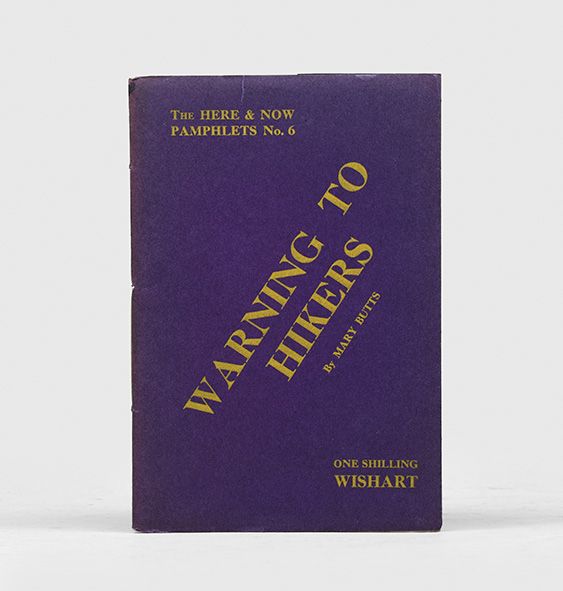
BUTTS, Mary. Warning to Hikers.
But perhaps instead of grabbing our walking boots to follow some of the authors above we should be heeding the words of the modernist author Mary Butts’s Warning to Hikers. The work laments what Butts describes as a “growing ‘cult of nature’, a term she used to describe the use of the English countryside not as a place to live in” but to visit, decries the impact of industrialisation and the uniformity of production that it has caused, and ponders the impact of the hobby of hiking on the rural environment.

